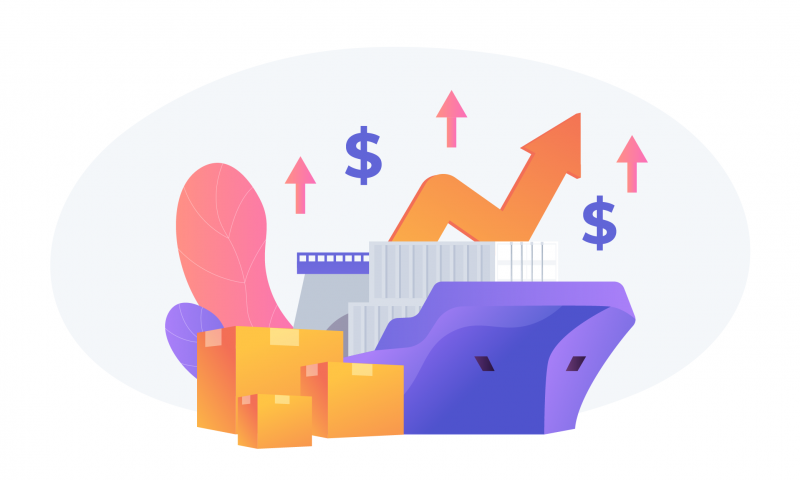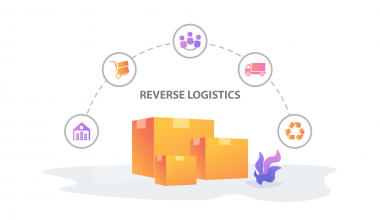The major shipping carriers in the world and the holiday season share something in common. Let us give you a hint.
Recently Amazon joined the bandwagon too.
You guessed it right! “Peak season surcharges”
UPS and FedEx announced surcharges for the 2022 peak season which will impact high-volume shippers expecting higher home delivery demand.
A shipper’s peak residential delivery surcharge per package can range from $1.00 to $6 for FedEx Ground, and $2.25 to $7 for FedEx Express. UPS’s peak season surcharges are similar to that of FedEx.
Interestingly for the first time, Amazon announced a peak season fee on its fulfilment services for third-party sellers.
Let’s take a step back and understand what peak season surcharges mean.
Peak Season Surcharges (PSS) are fees associated with the increased costs of transport in a specific period. During peak season there is more demand for a carrier’s service and the increased volume can stress the resources of a carrier. Carriers implement peak surcharges to address the increased volume of packages. They don’t care if you get the lowest cost shipping.
The best way for eCommerce businesses to accommodate peak season surcharges and get reduced shipping rates is to plan ahead as much as possible.
ECom businesses may handle the uptick in shipping costs during the peak season in the following ways –
- Have a Multi-Carrier Network
- Enable Buy online pick up in-store.
- Negotiate Discounts on Peak Season Surcharges
- Pass Along the Surcharge to the Customer
Surcharges are always daunting but it is important that we bear witness to these evergrowing surcharges and navigate our way through them and find the most economical way to ship.
Watch the video here –
- Best Shipping Software for Canadian D2C Brands - November 25, 2025
- Why Affordable Express Shipping Feels Impossible During the Holidays? - November 19, 2025
- Why Holiday Shipping Can Make or Break Canadian Electronics Brands? - November 13, 2025


